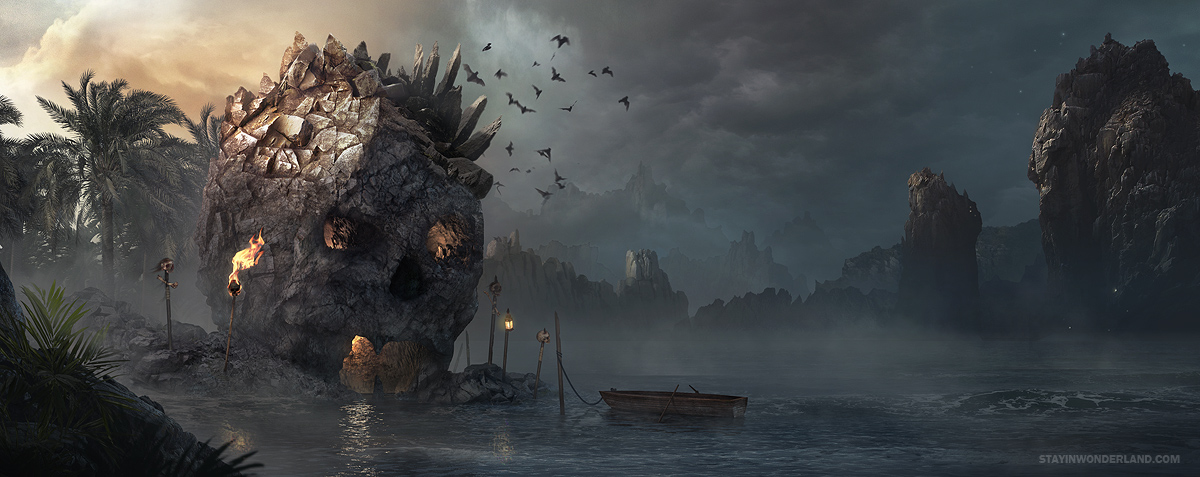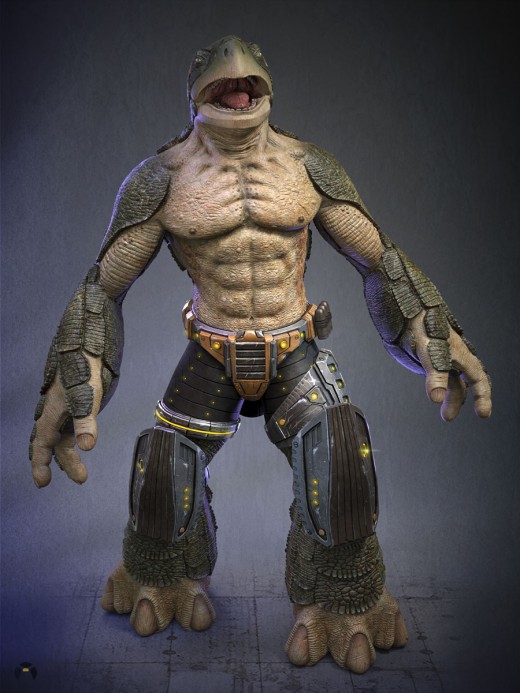

First I created a few alphas, using just black paint on a white 1024X1024 canvas. By using this fast and dirty method I was able to model 26, 3D tools in less than 30 minutes.

I created those in a very sloppy way, since they were going to be painted anyway. Once my under-painting was done, I started creating the actual 3D models. As I was creating this particular image I was undecided on its final orientation up to the very end. Also, every few minutes of working I tend to flip the image horizontally, checking the overall balance of the composition. I decided that I wanted a wider, more panoramic dimensions for this image, so I resized the document.

To create the more luminous background I used the Highlighter brush with Bristle mode, and Main colour mode activated.

In the following steps, I developed my under painting, always using Zbrush's Paintbrush with my blocky Alpha brush tip and with Bristle option activated. This was the brush tip I used for all of my painting in Zbrush. First I created a blocky shaped Alpha, and then I captured it to use as brush tip. Using my sketch as a guide, I blocked in my basic colours. This plug in can be downloaded for free at Step 2 I used a user made plug in called Zketch pad, to simulate pencil look and feel in Zbrush. I sketched out my composition and established my perspective in a very rough way. Since time was an issue, I timed myself to see how fast I could achieve an acceptable result, using hybrid tools. The goal of this exercise was to create a matte painting in the fastest and most direct way possible. For the creation of this image for example, I used exclusively what is broadly considered to be a 3D application (Zbrush), but I also did a lots of 2D painting with it, aiming for 5D fusion. This term is also known as 5D art (2D + 3D), and it refers to the disappearing borderline between 2D and 3D art. Recent software and hardware advancements have given rise to the term of hybrid art. Digital creative tools are dynamic and constantly evolving.


 0 kommentar(er)
0 kommentar(er)
